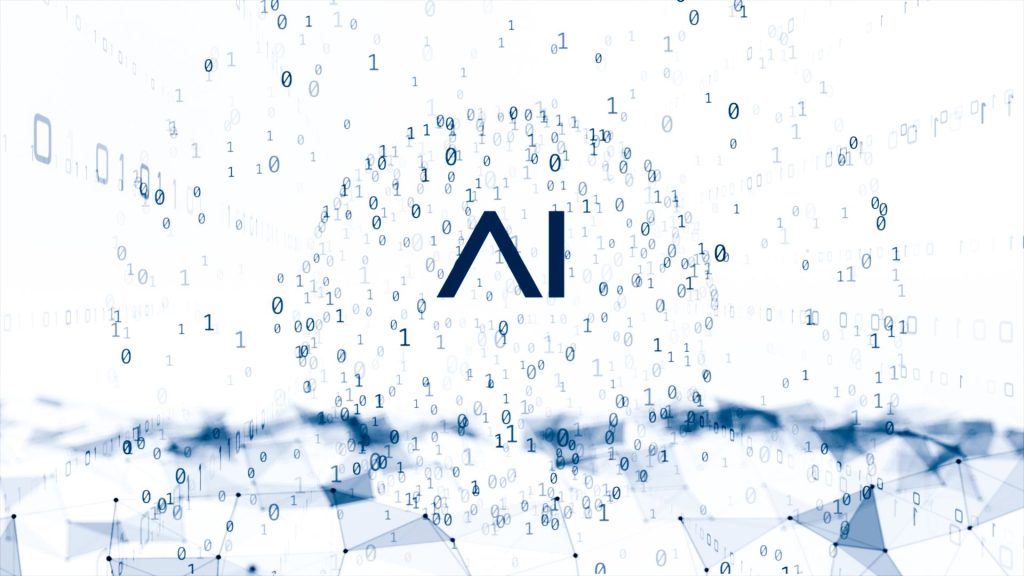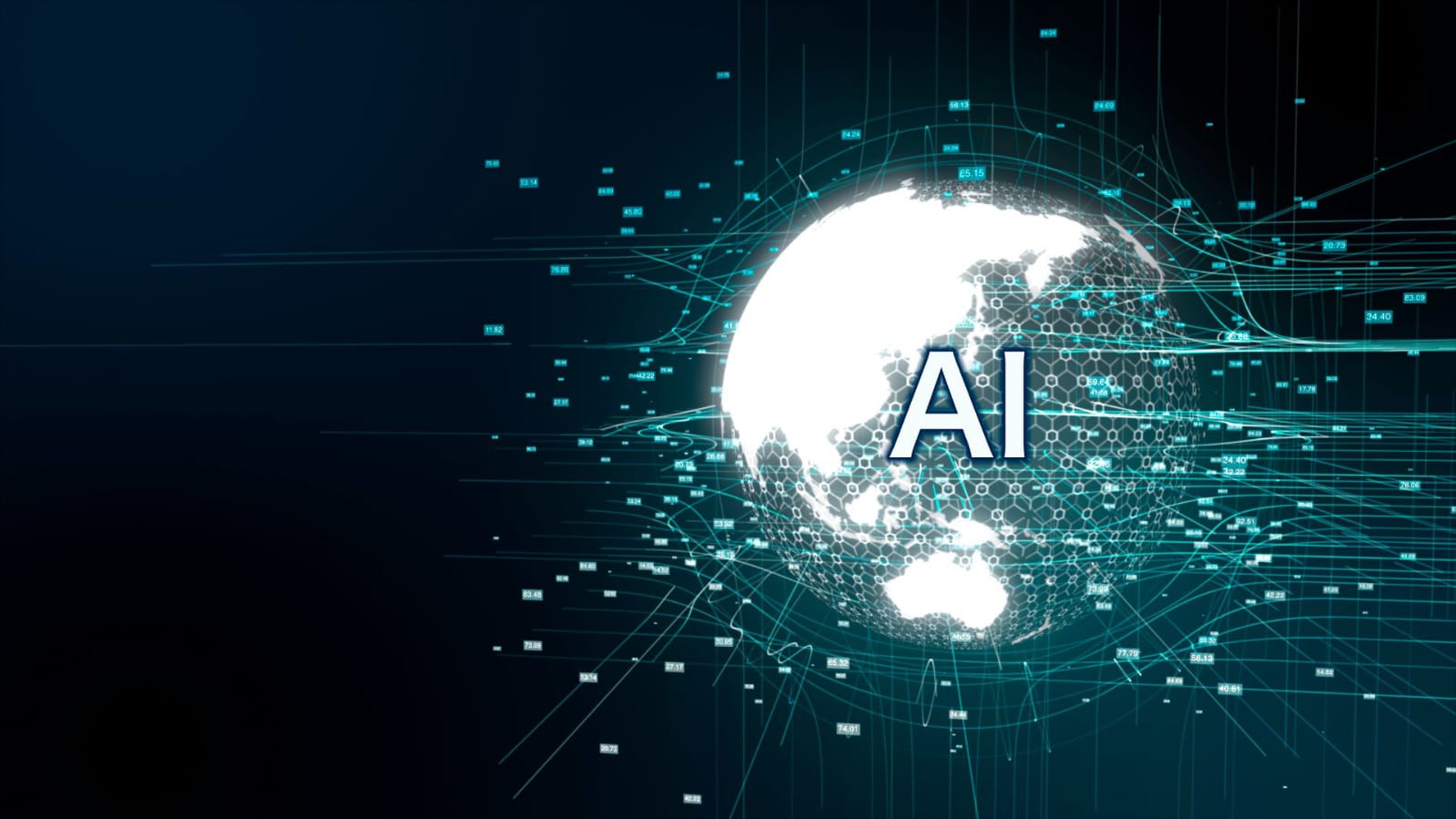In 2025, ten major trends will transform our daily lives in surprising ways. From AI-powered body parts to the rise of quantum computing, the world of AI is set for a huge change. Stay tuned as we dive deep into each of these fascinating trends in this article. Number 10 is improvements in neuroprosthetics. Neuroprosthetics are like magic bridges between the brain and technology, offering a glimmer of hope to those facing paralysis or neurological challenges.
Think of Elon Musk’s Neuralink. It’s on a mission to unlock the secrets of our brain signals, letting people control computers and gadgets using just their thoughts. Picture typing on a keyboard or zooming around in a wheelchair without even lifting a finger. That’s the kind of futuristic wizardry neuroprosthetics promise. But it’s not just about the basics. These brain-computer connections hold the key to restoring complex movements and even bringing back senses like touch and temperature. Imagine someone paralyzed being able to walk again, pick up things, or feel the warmth of the sun on their skin. That’s the real potential of neuroprosthetics. Thanks to smart AI algorithms, these devices aren’t just sci-fi dreams. They’re becoming reality. They’re giving people back their independence, letting them live life on their terms instead of relying on others for every little thing. Take, for instance, those with spinal cord injuries. Neuroprosthetics could be their ticket to reclaiming control over their limbs, allowing them to walk or handle objects with precision once more. By 2025, this technology won’t only improve lives; it will rewrite the very definition of living with disabilities. 9. Bionic Vision Imagine a world where blindness isn’t a barrier but a challenge met with cutting-edge technology. That’s what bionic vision is all about. It’s a revolutionary fusion of AI and advanced hardware that’s reshaping the way we perceive sight. Unlike traditional prosthetics, bionic vision doesn’t just mimic vision; it restores it. Take, for instance, retinitis pigmentosa, a condition leading to blindness. With bionic vision, we can bypass damaged parts of the eye and stimulate the remaining cells or optic nerves, granting us the ability to perceive light and shapes. One company that is already leading the way in bionic vision is Bionic Vision Technologies. They are developing bionic eyes that can restore sight to people who have lost it. The company is developing a microchip that’s implanted into the eye, and it works with a pair of glasses that have a camera.

The camera captures images, which are then converted into electrical signals and sent to the microchip. This allows the person to see again, even if they’ve lost their sight due to age-related macular degeneration or other causes. 8. AI-Powered Diagnosis and Treatment In 2025, AI will revolutionize healthcare. Big names like Google Health and IBM Watson Health are leading the way, using AI to spot issues in scans, sift through research for treatments, and even predict medical problems. Startups like Babylon Health are also jumping in with virtual assistants offering personalized medical advice. Number seven: 5G and edge computing. Do you think 4G is fast? Well, think again. 5G and edge computing are teaming up to revolutionize data processing and application performance. 5G brings lightning-fast speeds up to 10 times quicker than 4G, while edge computing brings processing closer to users, enabling real-time data crunching. The integration of these two powerhouses will streamline navigation through your favorite mobile apps. The seamless performance and rapid response times won’t be coincidental, but a direct outcome of 5G and edge computing working in synergy. Thanks to 5G’s fast data transfer rates, information will travel quickly. Edge computing brings high-powered processing to the network’s edge, which will reduce delays. Soon, we’ll see these technologies become the backbone of our digital world. 6. Space-based Internet One of the most transformative AI trends in 2025 will be the advent of the space-based Internet.
Spearheaded by companies like SpaceX, this innovative approach involves deploying constellations of low-Earth orbit satellites to provide global Internet coverage. The benefits of a space-based Internet are uncountable. Firstly, it will equalize access to information and resources, empowering individuals and communities worldwide. Education, healthcare, and commerce will be transformed as access to online resources becomes easier. Additionally, improved connectivity will facilitate advancements in AI-driven technologies such as autonomous vehicles, telemedicine, and smart infrastructure, enhancing efficiency and quality of life. Also, the space-based internet will enable greater resilience in communication networks, reducing disruptions caused by natural disasters or infrastructure failures. It will also foster innovation in AI-driven applications as developers gain access to vast amounts of data and computing resources. 5. Predictive Analytics for Student Success In 2025, AI will be capable of following students’ academic journeys, analyzing vast amounts of data to predict their performance, and providing personalized support. These AI tools will assess factors like students’ learning styles, past academic performance, extracurricular activities, and even personal circumstances. For instance, if a student is struggling with a particular subject, the AI system might recommend additional resources or tutoring sessions tailored to their individual needs. Similarly, if a student shows exceptional talent in a specific area, the AI could suggest advanced courses or enrichment activities to further nurture their abilities. More interestingly, predictive analytics can help identify at-risk students who may be at risk of dropping out or falling behind academically. Early intervention strategies can then be implemented to provide targeted support and prevent negative outcomes. 4. Quantum AI Computing 2025 is the year when quantum AI computing will likely start reshaping the world. Imagine regular computers as cars driving down a single-lane road. They’re fast but limited by the road’s width.
Quantum AI computing is like having a superhighway with multiple lanes, allowing for much faster travel and the handling of complex tasks. This technology will revolutionize how we solve problems, especially those that are currently too complex for traditional computers. Tasks like drug discovery, weather forecasting, and optimization problems will become more manageable and faster, leading to breakthroughs in medicine, climate science, and various industries. Even though this technology is still in its early stages and practical applications may take some time to fully develop, we are certain that by 2025, with the speed at which technology is advancing, it will become possible. 3. Hyper-automation In 2025, businesses will increasingly adopt hyper-automation, a strategy combining AI, machine learning, and automation tools. This approach revolutionizes how tasks are done by making systems smarter and more adaptable. It’s like upgrading from basic automation to having intelligent, self-adjusting systems that can handle complex tasks efficiently. Hyper-automation is expected to take over many routine tasks in companies, freeing up time and resources. Imagine a factory where robots not only assemble products but also learn from their mistakes, improving their performance over time. Or picture a customer service system that uses AI to understand and respond to inquiries better than ever before. These are the kinds of advancements hyper-automation promises, reshaping how businesses operate and compete in the coming Speaking of machines that can learn from their mistakes, number two has something interesting to say about that. Self-learning AI. Traditional machine learning models have historically relied on labeled data sets, necessitating human intervention for training, a process known for its tediousness, expense, and time consumption. This bottleneck has hindered the widespread adoption of AI technologies.
This is where the self-learning attitude comes into play. It’s a revolutionary paradigm in machine learning wherein models autonomously learn representations from unlabeled data, overcoming the need for human assistance. This not only necessitates learning but also significantly reduces the cost associated with data labeling. We are going to have a future where AI models autonomously detect anomalies in medical scans, forecast stock market trends, and identify fraudulent activities without relying on labeled data. Recently, Facebook AI research made waves with its SEER, or self-supervised model, trained on a colossal data set of 1 billion publicly available Instagram images without human help. SEER achieved state-of-the-art performance across various benchmarks, surpassing models trained on meticulously labeled data. Number one is biometric technology. Traditionally, biometric technology has been used for security purposes, like fingerprint or facial recognition, to unlock devices or access restricted areas. However, it often faces challenges like accuracy and speed. AI aims to revolutionize this by refining biometric systems to be more reliable and efficient. Through advanced algorithms, AI can enhance accuracy by analyzing unique biological traits, such as fingerprints, iris patterns, or even gate recognition, with greater precision. Moreover, AI-powered biometrics can adapt to changes over time, such as aging or injuries, ensuring consistent identification. Additionally, AI enables real-time analysis, allowing for instant authentication without compromising security. Overall, it will help enhance the user experience by providing seamless and hassle-free interactions, eliminating the need for passwords or physical keys. What other trends do you think we will see in 2025? Share them in the comments section below.



